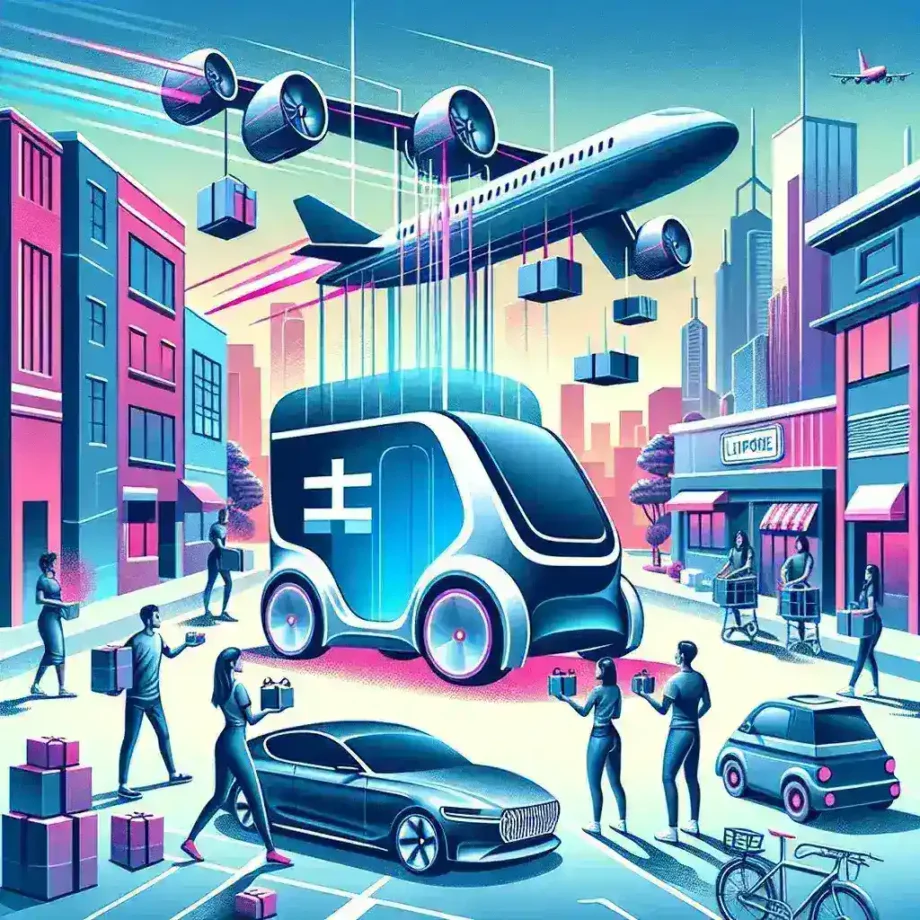
The advent of autonomous delivery systems marks a significant transformation in the logistics and delivery landscape. As technology continues to evolve, these systems are becoming more sophisticated and reliable, promising to enhance efficiency and reduce costs. In this article, we will delve into the latest innovations in autonomous delivery systems and their implications for the future.
Understanding Autonomous Delivery Systems
Autonomous delivery systems primarily consist of self-driving vehicles and drones that can transport goods without human intervention. These systems leverage advanced technologies such as AI, machine learning, and IoT to navigate and operate in various environments. The primary goal is to streamline the delivery process, ensuring swift and safe transportation of goods from one location to another.
Key Innovations in Autonomous Delivery
1. Self-Driving Delivery Robots
One of the most prominent innovations in autonomous delivery is the development of self-driving delivery robots. These robots, equipped with sophisticated sensors and navigation systems, can traverse urban environments, delivering packages directly to consumers’ doorsteps. Companies like Starship Technologies and Nuro have been at the forefront of this technology, deploying robots in select cities for real-world testing.
2. Aerial Delivery Drones
Aerial delivery drones represent another groundbreaking advancement. Capable of bypassing traffic congestion and accessing remote areas, drones offer a faster alternative to traditional delivery methods. Amazon Prime Air and Wing, a subsidiary of Alphabet, are pioneering this space, with experimental drone delivery services already in operation in several regions.
3. Autonomous Delivery Vehicles (ADVs)
Autonomous Delivery Vehicles (ADVs) are larger self-driving vehicles designed to transport goods over longer distances. These vehicles are equipped with state-of-the-art navigation systems, allowing them to operate safely on highways and in urban settings. Companies like Tesla, Embark, and TuSimple are leading the way in developing ADVs, showcasing their potential to revolutionize supply chain logistics.
Technological Advancements Driving Innovation
1. Artificial Intelligence and Machine Learning
AI and machine learning are at the heart of autonomous delivery systems. These technologies enable vehicles and drones to learn from their environment, improving their navigation and decision-making capabilities. With continuous learning, these systems become more efficient and reliable over time, reducing the likelihood of accidents and ensuring timely deliveries.
2. Internet of Things (IoT)
IoT technology plays a crucial role in the communication and coordination of autonomous delivery systems. By connecting various devices and sensors, IoT allows for real-time tracking and monitoring of deliveries. This connectivity ensures that the delivery process is transparent and that any issues can be quickly addressed.
3. Advanced Sensors and Navigation Systems
Autonomous delivery systems rely heavily on advanced sensors and navigation systems to operate safely. Lidar, radar, and GPS technologies provide accurate data on the vehicle’s surroundings, enabling it to detect obstacles and navigate complex environments. Continuous advancements in these technologies are enhancing the reliability and efficiency of autonomous delivery systems.
Challenges and Considerations
While the innovations in autonomous delivery systems are promising, several challenges remain. Regulatory hurdles, technological limitations, and public acceptance are some of the key issues that need to be addressed. Governments and stakeholders must collaborate to develop regulations that ensure safety without stifling innovation. Additionally, technological advancements must continue to address the limitations that currently impede the widespread adoption of these systems.
The Future of Autonomous Delivery Systems
The future of autonomous delivery systems looks bright, with continuous advancements driving the industry forward. As technology improves and regulatory frameworks evolve, we can expect to see more widespread adoption of these systems. The integration of autonomous delivery into mainstream logistics promises to enhance efficiency, reduce costs, and provide consumers with faster and more reliable delivery options.
In conclusion, innovations in autonomous delivery systems are revolutionizing the logistics industry. From self-driving robots and drones to advanced AI and IoT technologies, these advancements are paving the way for a more efficient and reliable delivery ecosystem. As we move forward, addressing the challenges and embracing the opportunities will be crucial in realizing the full potential of autonomous delivery systems.
